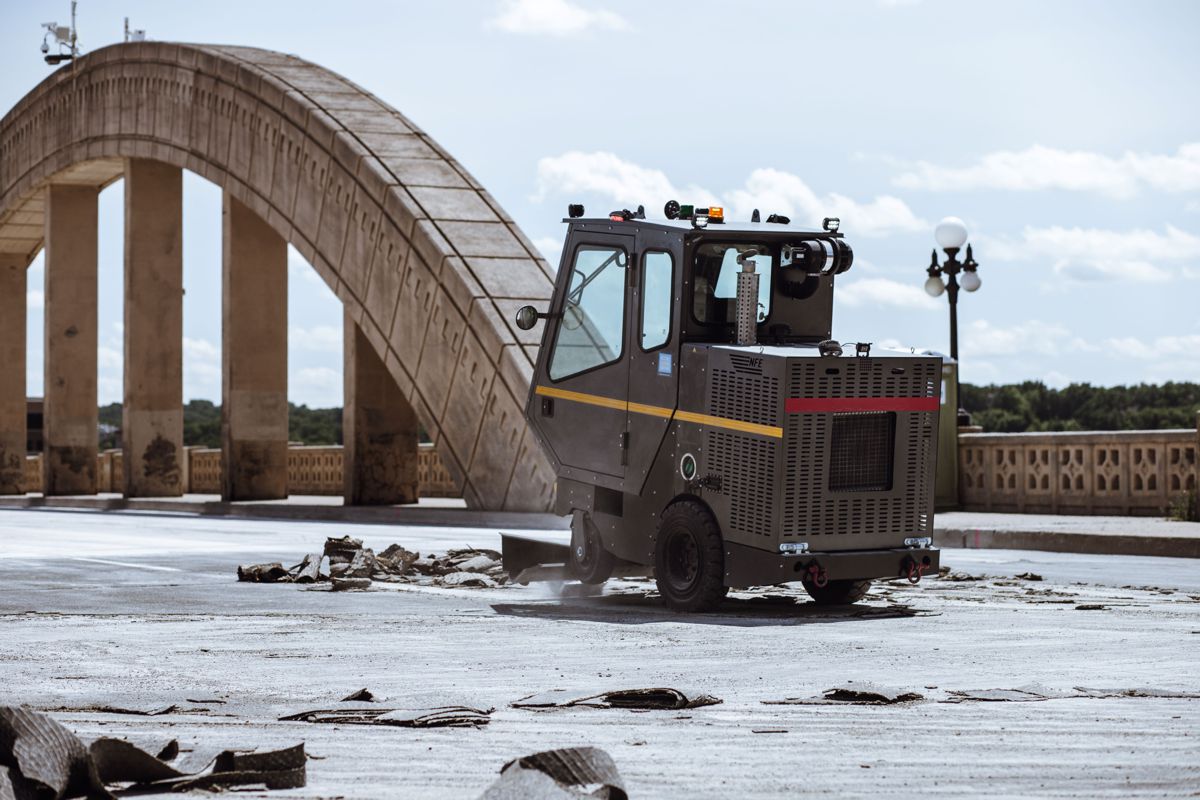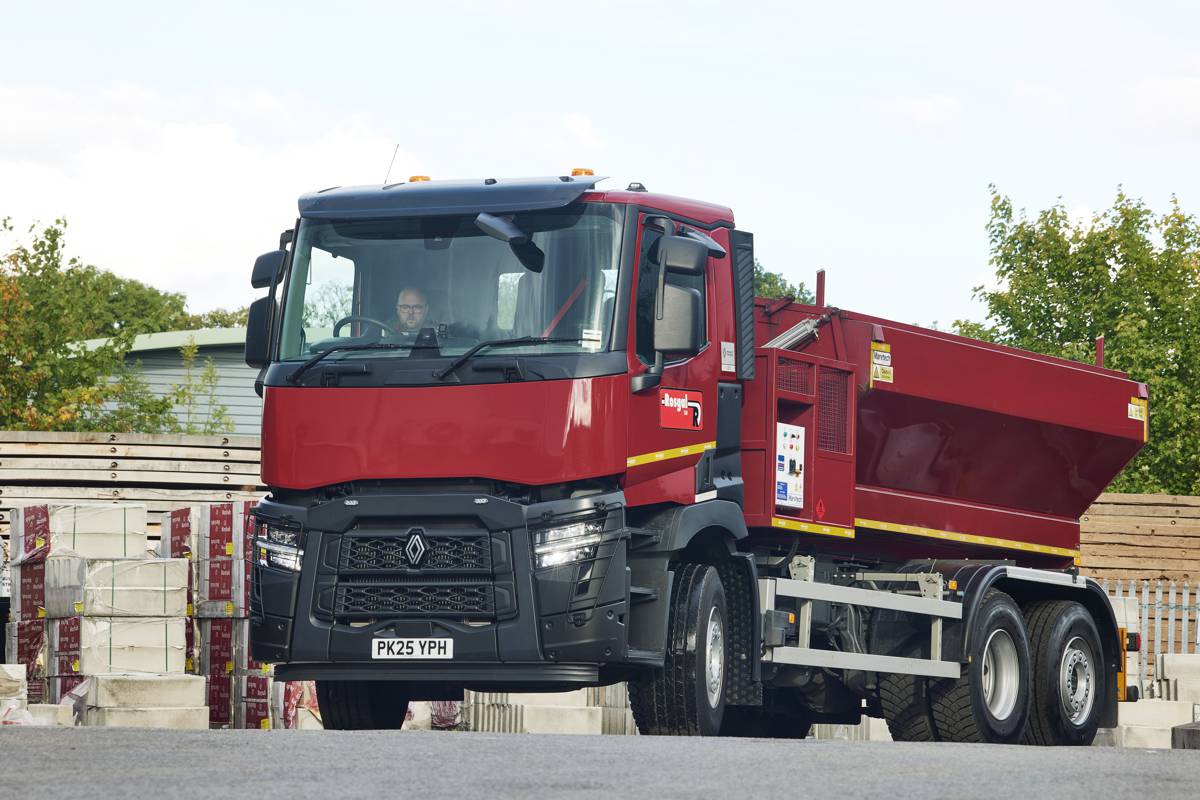The challenges of Road Maintenance
According to the Annual Local Authority Road Maintenance (ALARM) survey by the Asphalt Industry Alliance, 1.7 million potholes were filled in 2021 — that’s equivalent to one every 19 seconds.
With 18 per cent of the UK road network now defined as structurally poor, there is a monumental task of not only restoring it but also ensuring future additions go the distance.
Here, Nick White, sales director at EMEA at surface preparation expert National Flooring Equipment explains how the use of advanced equipment could be the solution:
“Contractors are under pressure to deliver new road structures while simultaneously repairing existing roads to meet the same standards. This is a timely issue because the more that time passes, the more roads need repairing, adding to the already existing backlog.
“While it’s important to address the backlog, rushing the job with quick fixes, such as surface dressing, creates more problems than it solves. If the job is not completed efficiently, issues like potholes will reappear quickly, meaning that contractors have wasted time on renovation and the road requires more maintenance.”
Current conditions
“To reduce disruption to traffic, contractors typically carry out roadworks overnight, with limited visibility. Contractors may also have to consider how they work in harsh weather conditions, such as heat, rain or storms, to ensure there are no delays to the project. Dust and particles such as airborne silica that workers are exposed to are a hazard and a further source of disruption.
“These conditions often mean that contractors are under more pressure to complete projects quickly and may choose to cut corners to get the project finished on time.
“The ALARM report also states that the backlog of damaged roads has already reached £12 billion. With twelve new major roadbuilding projects announced in 2020, it is crucial that these roads are built to last in the first place. Effective surface preparation is essential to the longevity of a new or refurbished road.
“When done incorrectly, contractors can cause damage to the substrate or create an uneven surface by not removing all existing material, meaning any new surface will also be uneven. So, how can contractors safely and efficiently carry out surface preparation under these conditions?”
Equipment choice
“Before beginning a surface preparation job, contractors should take time to choose the right tools for the application. For example, large scale problems need large scale solutions, so a larger scraper will be more efficient than a smaller, handheld scraper. Additionally, cords will constrict machine operators on large-scale applications such as roads, so a fuel-powered machine might be better suited.
“Safety is always an important consideration in surface preparation. As contractors work on roads later at night and exposed to the elements, they should consider using a machine that keeps them covered and protected to increase uptime. The Viking ride-in scraper, for example, is built for outdoor applications. It features an enclosed cab with heating and air conditioning to keep the operator from dust, noise and weather, as well as headlights and windshield wipers to improve visibility.
“The machine also features three blade holders to ensure that operators have a powerful machine that can easily remove tough materials.
“Effectively addressing the current backlog of road repair in the UK could be a time-consuming task. However, with the correct surface preparation equipment for the harsh outdoor conditions, operators will be able to work safely and quickly to guarantee efficient repairs.”




















